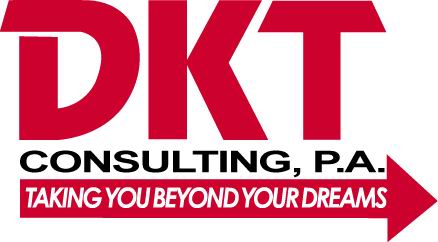There are many retirement plans an employer may provide to employees. The commonly known plans many employers choose are 401-k plans. The 401-k plan can be divided into three plan options, the simple 401-k plan, the traditional 401-k plan, and the “Safe Harbor” 401-k plan.
Each plan has advantages & disadvantages.
Simple 401-k Plan
Advantages:
- Requires no testing of employee non-discrimination rules and highly compensated employee rules
- Offers a loan option for employees
Disadvantages:
- Annual employee contribution limit of $10,500, for 2007
- Maximum 3% employer match
- Employees immediately vest 100% in employer contributions
Traditional 401-k Plan
Advantages:
- Allows higher annual contribution limit of $15,500, for 2007
- Employers can match up to 25% of the employees compensation
- Employer contributions can be vested over a 5-year vesting schedule
- Offers a loan option for employees
Disadvantages:
- Requires testing of employee non-discrimination rules and highly compensated employee rules
“Safe harbor” 401-k Plan
Advantages:
- Requires no testing of employee non-discrimination rules and highly compensated employee rules
- Allows higher annual contribution limit of $15,500, for 2007
- Employers can match up to 25% of the employees compensation
- Offers a loan option for employees
Disadvantages:
- Mandate for employer to provide an employee match
- Employees immediately vest 100% in employer contributions
- All of these plans do have one common factor, the employee contributions are made with pre tax dollars.
Tax Advantages
Employee:
- Each dollar that is contributed into this plan is provided without having to pay Federal Income taxes or Social Security/ Medicare taxes on the earnings
Employer:
- No corporate matching of the Social Security / Medicare taxes on employee earnings contributed to the plan
